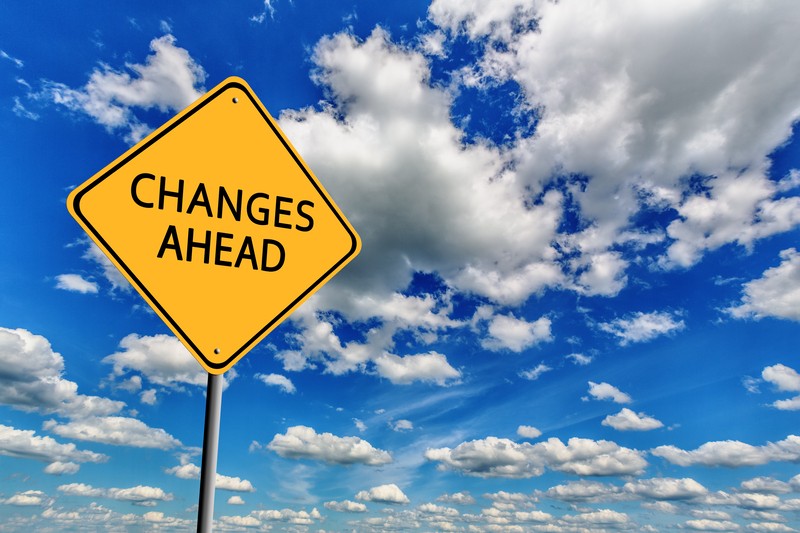Covid has changed customer expectations and experience. We think these 3 Responses to Pandemic-Related Consumer Behavior Changes will help brands adapt.
“The times they are a-changin’.”
Bob Dylan wrote those words back in the early 60s, and now in 2022 I can’t help but wonder if anyone could’ve predicted just how much more the times would eventually change!
If the last two years and the onset of the pandemic have confirmed anything, it’s that change is inevitable. Brands must maintain a pulse on shifting consumer preferences and learn to adapt quickly in order to stay relevant.
These changes have spanned all areas of life from how we shop, to how we work, how we consume entertainment, and how we socialize.
Even as some states have returned to what we can only describe as a “new normal,” many people have now become accustomed to grocery pickups, online shopping, home meal delivery, and telehealth visits. Not to mention working, schooling, and “attending” church from home.
It has me thinking: has Covid changed customer expectations and experience forever? Are we seeing a shift in what customers need and expect for the foreseeable future right in front of our very eyes?
I’m certain we are.
Consider these statistics:
- By 2025, online grocery sales are predicted to top $250 billion. That’s up 8% from before the pandemic and represents 21% of total grocery sales.
- 50% of consumers say the pandemic caused them to re-evaluate what’s important to them in life.
- Almost half of baby boomers began shopping online during the pandemic.
- In a recent survey of retail workers in the UK, 84% had reported a decline in their mental health since the onset of the pandemic.
- And, according to data from IBM, the pandemic sped up the shift to e-commerce by about 5 years.
With these consumer behavior changes, how can brands prepare themselves to adapt and respond?
In my mind, there are three major areas brands should focus on: 1) creating a strategy around social listening; 2) uniting their physical and digital consumer experience across all touchpoints; and 3) focusing on the employee experience as it relates to customer experience.
With pandemic-related consumer behavior changes, more and more consumers find their favorite new brands and retailers on social media platforms. In fact, 40% of consumers say they have purchased a product online as the result of it being used by an influencer on social media. 49% of consumers rely on the product recommendations of social media influencers for their purchases.
Besides finding new brands online, consumers are increasingly turning to online platforms to share their experiences. This points to the need for brands and retailers to adopt a strong social listening initiative.
Social listening refers to monitoring social media platforms for brand mentions – not only on the brands’ social media channels. The data gathered from social listening allows brands to get down to the granular level of what customers need and want. This allows you to make informed decisions and pivot quickly when needed.
As the physical and digital worlds continue to merge, brands must prepare themselves to fine-tune customer experiences across every touchpoint – those various points where customers interact with your brand.
Consumers want and need interactions with your brand to be consistent and positive across all channels, whether via email, chatbot, an in-store visit, phone, social media, SMS, or an app push. In addition to portraying your brand-story consistently, you should strategize to personalize your customer journeys for the specific demographic and the needs of your individual customers.
When it comes to meeting customers’ individual needs, brand marketers need to focus on building their omni-channel presence. Brands need to nurture potential customers, give access to their products, and offer support where their customers are hanging out – whether it’s Facebook messenger, live chat, email, phone, or text. The customer experience should include considering all the way customers can interact with you.
Finally, let’s talk about employee experience. Now, more than ever, companies compete on customer experience. In fact, 87% of companies do so now up from 36% in 2010. We now understand our customer-facing employees have a direct impact on the experiences of our customers. Yet, 57% of customer-facing employees feel they aren’t “set up to succeed” in interactions.
As I’ve mentioned here before, every single employee has the potential to shape customer perception. I think the key is making sure your employees have all been trained in the art of customer service, including conflict resolution and de-escalation skills.
It might seem like a tall order, but I find many people today don’t have that skill set because they’ve never been taught. But these days, investing in employee training and giving employees the tools they need to succeed (and help your business succeed) is critical. We will talk more about tools you can equip your employees with in future blog posts.
Returning to the lyrics of Bob Dylan’s song, “And you better start swimmin’ or you’ll sink like a stone for these times they are a-changin.” Hopefully, these strategies will help your brand to continue to swim in these changing times.
What types of changes have you noticed in consumer behavior since the onset of the pandemic? Do you offer any type of related ongoing training for employees? I’d love to hear about it, either in the comments or via e-mail.

